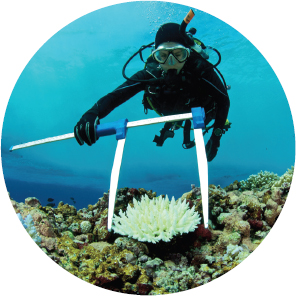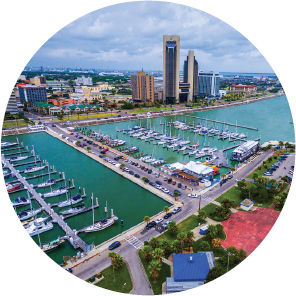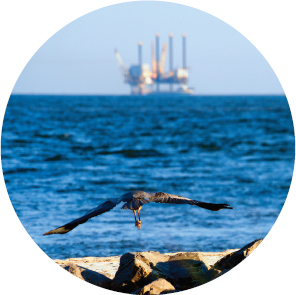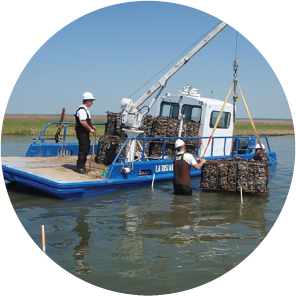Program Initiatives
As the GRP grew and matured in 2016—introducing new types of grant opportunities, funding an increasing number of fellowships, and providing funding for multiple new consensus studies, workshops, and other activities—the program simultaneously continued efforts to build on its past work and to learn, think about, and plan for how and where the GRP can have the greatest cumulative and lasting impacts. In 2015, the GRP defined four initiatives that characterize critical areas of opportunity and pathways for achieving its mission. In 2016, these initiatives and their objectives were refined and the program focused on developing a suite of future activities for achieving the objectives outlined in each initiative.
In the years ahead, the GRP will continue work within the framework provided by the initiatives to shape its grants and fellowships portfolio, with new types of opportunities currently under development for each; in addition, several high-impact ideas are also in the works. The GRP looks forward to announcing these new opportunities and activities over the next few years. In the meantime, the following are the GRP’s refined initiatives as a preview of what is to come.

HEALTHY ECOSYSTEMS
Advance understanding of ecosystem processes and dynamics to foster sustainable use of natural resources
- Support long-term monitoring, modeling, and synthesis activities to advance understanding of how stressors affect the ecosystems and associated natural resources that coastal communities and industries depend on.
- Foster the development of more effective tools and methods for collecting data, including new technological approaches and common metrics, to transform the way data are used and advance scientific collaboration in the Gulf and beyond.
- Improve mechanisms for data accessibility, interpretation, and synthesis to advance models of human and natural systems and their interactions.
- Support research and other activities that facilitate information exchange among scientists, decision makers, and other stakeholders to encourage holistic and regional approaches to complex challenges.

THRIVING COMMUNITIES
Enable people and communities to successfully prepare for, respond, and adapt to stressors and adverse events
- Strengthen the science and practice of resilience through research and capacity-building activities that account for the social, cultural, environmental, and health factors that influence a community’s ability to thrive.
- Support community-driven and scientific activities that can improve understanding and mitigation of the drivers and impacts of complex challenges facing coastal regions, especially those at the intersections of societal, environmental, and energy-related needs.
- Improve the quality, accessibility, and use of information to minimize harm to individuals and communities from oil spills and related stressors on community health and well-being.

SAFER OFFSHORE ENERGY SYSTEMS
Foster minimization and management of risk to make offshore operations safer for people and the environment
- Encourage collaboration among industry, regulatory, and academic communities to advance understanding and communication about systemic risk in the offshore environment.
- Characterize deepwater processes and ecosystems to better understand the offshore energy work environment.
- Support fundamental scientific and technological research to spur innovation aimed at reducing or managing risks associated with offshore energy systems.
- Develop and implement educational or training programs to promote a skilled and safety-oriented workforce and to retain that workforce through economic cycles in the oil and gas industry.

CAPACITY BUILDING
Enhance the ability of researchers, decision makers, and communities to use science to solve challenges at the intersections of human, environmental, and energy systems
- Enhance leadership and decision-making capabilities in professions related to offshore oil and gas development, ecosystem and public health protection, and community planning and development through education and training.
- Develop the capacity of scientists and institutions to conduct cross-disciplinary scientific syntheses to obtain unique types of insights from research and analyses.
- Improve the use of scientific information in local, state, and federal decision making by supporting the work of organizations that connect scientific researchers, policy makers, and communities.
- Work with communities in the Gulf of Mexico region, especially underrepresented and vulnerable populations, to identify the scientific, social, and environmental challenges most important to them and opportunities to address these challenges through research, education, and other collaborative activities.




